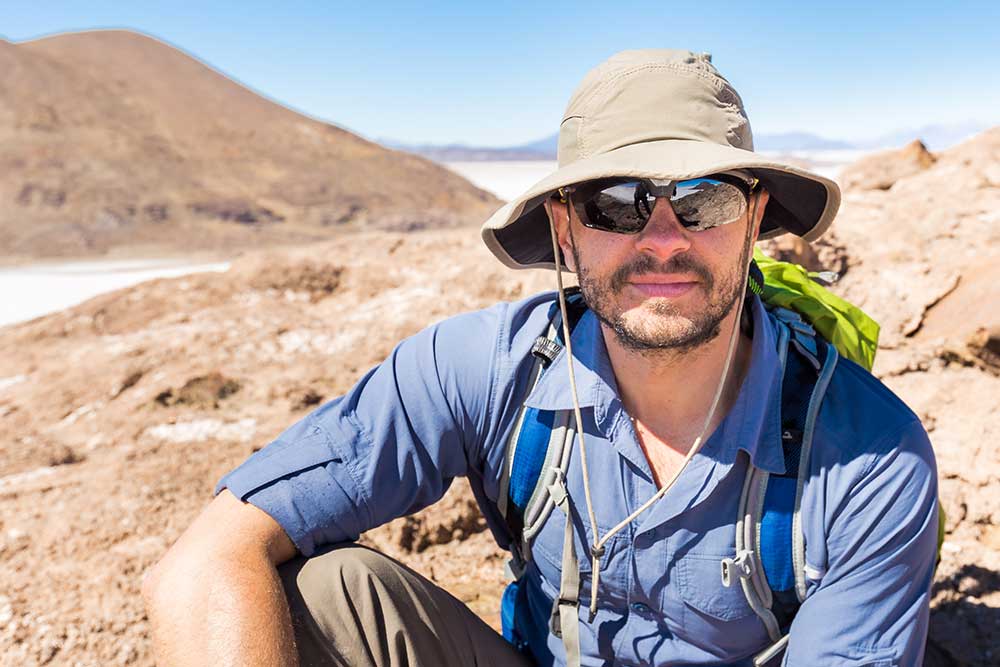All Categories
Featured
Table of Contents
Geophysical Surveys in City Beach Australia 2023

(PREM)., and the limits between layers of the mantle are constant with stage shifts.

This makes plate tectonics possible. Schematic of Earth's magnetosphere. The solar wind Flows from left to. If a world's electromagnetic field is strong enough, its interaction with the solar wind forms a magnetosphere. Early area probes mapped out the gross measurements of the Earth's electromagnetic field, which extends about 10 Earth radii towards the Sun.
Inside the magnetosphere, there are fairly dense regions of solar wind particles called the Van Allen radiation belts. Geophysical measurements are normally at a particular time and place.
Geophysicist Salary And Job Description 2023 in Victoria Park Aus 2021
, combines huge collaborates and the local gravity vector to get geodetic collaborates. This approach just supplies the position in 2 coordinates and is more challenging to utilize than GPS.
Gravity measurements became part of geodesy because they were required to related measurements at the surface area of the Earth to the referral coordinate system.
Sea level can likewise be determined by satellites using radar altimetry, contributing to a more precise geoid. In 2002, NASA launched the Gravity Recovery and Environment Experiment (GRACE), in which 2 twin satellites map variations in Earth's gravity field by making measurements of the range in between the two satellites utilizing GPS and a microwave varying system. Satellites in area have made it possible to collect data from not just the visible light region, however in other locations of the electro-magnetic spectrum. The worlds can be identified by their force fields: gravity and their electromagnetic fields, which are studied through geophysics and area physics. Determining the changes in velocity experienced by spacecraft as they orbit has actually enabled fine information of the gravity fields of the planets to be mapped.
Airborne Geophysical Survey in Mosman Park Oz 2023

Because geophysics is concerned with the shape of the Earth, and by extension the mapping of features around and in the planet, geophysical measurements consist of high precision GPS measurements. These measurements are processed to increase their precision through differential GPS processing. When the geophysical measurements have actually been processed and inverted, the translated results are plotted utilizing GIS.
Many geophysics business have created in-house geophysics programs that pre-date Arc, GIS and Geo, Soft in order to fulfill the visualization requirements of a geophysical dataset. Expedition geophysics is used geophysics that frequently uses remote sensing platforms such as; satellites, airplane, ships, boats, rovers, drones, borehole picking up equipment, and seismic receivers.
Aeromagnetic information (airplane gathered magnetic data) collected utilizing traditional fixed-wing airplane platforms need to be remedied for electro-magnetic eddy currents that are produced as the aircraft moves through Earth's electromagnetic field. There are likewise corrections associated with changes in determined prospective field intensity as the Earth turns, as the Earth orbits the Sun, and as the moon orbits the Earth.
What Is Geophysics? in Kalamunda WA 2023
Signal processing involves the correction of time-series information for undesirable sound or errors presented by the measurement platform, such as aircraft vibrations in gravity information. It also involves the decrease of sources of noise, such as diurnal corrections in magnetic data. In seismic information, electromagnetic data, and gravity data, processing continues after mistake corrections to include computational geophysics which result in the last analysis of the geophysical information into a geological interpretation of the geophysical measurements Geophysics emerged as a different discipline just in the 19th century, from the crossway of physical location, geology, astronomy, meteorology, and physics.
The magnetic compass existed in China back as far as the fourth century BC. It was not until great steel needles might be created that compasses were utilized for navigation at sea; before that, they could not retain their magnetism long enough to be beneficial.
By looking at which of eight toads had the ball, one could figure out the direction of the earthquake. It was 1571 years before the very first style for a seismoscope was published in Europe, by Jean de la Hautefeuille. It was never ever constructed. One of the publications that marked the start of modern science was William Gilbert's (1600 ), a report of a series of meticulous experiments in magnetism.
Geophysical Survey And Investigations in Millendon WA 2023
In 1687 Isaac Newton released his, which not just laid the foundations for classical mechanics and gravitation but also explained a range of geophysical phenomena such as the tides and the precession of the equinox. The very first seismometer, an instrument capable of keeping a constant record of seismic activity, was developed by James Forbes in 1844. Dietmar; Sdrolias, Maria; Gaina, Carmen; Roest, Walter R. (April 2008). "Age, spreading rates, and spreading out asymmetry of the world's ocean crust". Geochemistry, Geophysics, Geosystems. 9 (4 ): Q04006. Bibcode:2008 GGG ... 9. 4006M. doi:10. 1029/2007GC001743. S2CID 15960331. "Earth's Inconstant Magnetic Field". science@nasa. National Aeronautics and Area Administration. 29 December 2003. Recovered 13 November 2018.
Runcorn, S.K, (editor-in-chief), 1967, International dictionary of geophysics:. Pergamon, Oxford, 2 volumes, 1,728 pp., 730 fig Geophysics, 1970, Encyclopaedia Britannica, Vol. Introduction to seismology (Second ed.).
Table of Contents
Latest Posts
How To Become A Geophysicist in Mount Claremont Oz 2023
Geophysical Survey Next Step In Carbon Storage Study in Brookdale Western Australia 2023
Geophysical Investigations in Calista Western Australia 2022
More
Latest Posts
How To Become A Geophysicist in Mount Claremont Oz 2023
Geophysical Survey Next Step In Carbon Storage Study in Brookdale Western Australia 2023
Geophysical Investigations in Calista Western Australia 2022